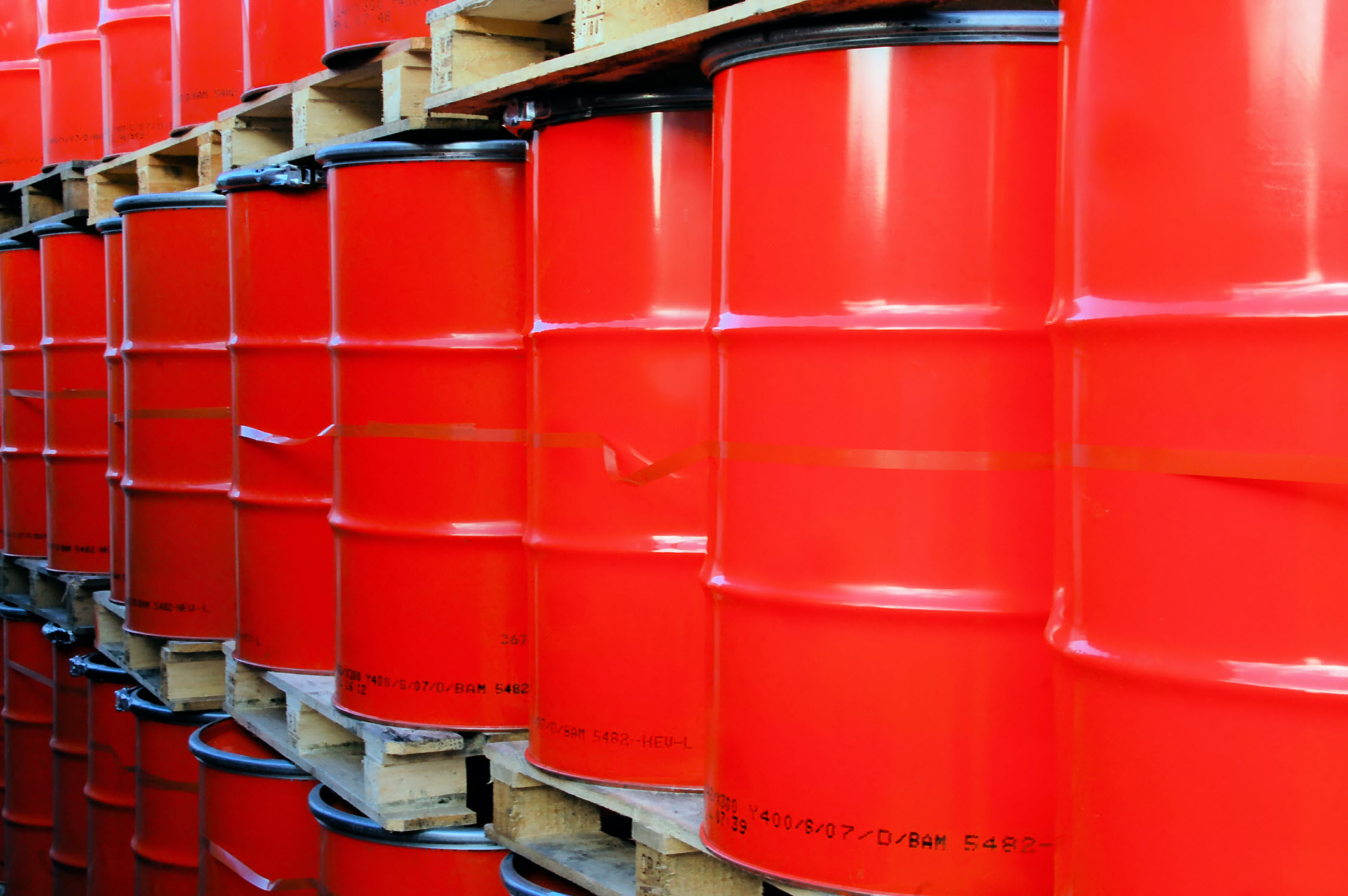Commentary – The Art of Winning an Oil Price War

Source: www.Dreamstime.com © Aremac
The price war rages on. Barrels of oil, lobbed into the world’s well-supplied market, are now worth less than $50 a piece.
Producer factions are reporting their casualties. Multi-billion-dollar budget cuts. Multi-thousand employee layoffs. Hundreds of rig releases. Major project delays. And it’s only just begun. There is no mercy below $50.
“War does not determine who is right,” mused Bertrand Russell, “only who is left.” Those are wise words. But the famous British philosopher and activist makes us wonder: Who will be left on the wall after this Humpty Dumpty industry is put back together again?
No one doubts that the Saudis survive. They have the largest oil reserves, the lowest operating costs and the biggest bank account – around $750 billion to withstand the price war.
A popular notion is that the Saudis want to deal a fatal blow to the uninvited warriors into this market – those pesky horizontal drillers in North America that indiscriminately shatter rocks; those brazen producers that have marched in with 1,600 rigs and taken 4% of the world’s oil market over the past half dozen years.
Yes, there will be some high-cost, over-leveraged North American companies that will be put out of business. But don’t confuse that with winning the price war. Companies can be put out of business, but the business can’t be stopped. The novel process of horizontal drilling and hydraulic fracturing won’t go bankrupt, and the oil-bearing rocks won’t go away. So, the belief that North America’s burgeoning tight oil industry will be defeated is misguided. To the contrary, new age US and Canadian wildcatters will be among the biggest beneficiaries of Russell’s “who is left” group.
But maybe that’s not obvious until you start thinking like a battle-hardened commander fighting a war for market share.
Imagine that you’re leaning forward in the war room with knuckles down over the strategy table. Nimble rigs that come and go are not your high value targets in this global theatre. No, it’s the big guns that you want to take out – the megaprojects that cost tens of billions of dollars. These are the assets that take many years to create, but produce for decades once drilled. And they keep pumping out product whether the price is $40 or $140.
You scan the table and think to yourself: Who is butting into my future market as global demand moderates? You point to new offshore oil platforms from Africa to the Arctic; potentially prolific onshore projects in Iraq, Iran, Russia and Mexico; and early stage oil sands projects in Canada. All are examples of durable, long-life projects that must be pre-empted if your long-run strategy is to preserve market share and regain high price.
You smile. So far, so good. You used the element of surprise. You forced a price drop at just the right time, when demand was down and supply was brimming. Perfect. Those were the classic conditions for starting a price war. Now you wait for the big-font headlines screaming project delays – which are effectively cancellations, because they take a long time to restart.
The news is already good, from Norway to Qatar to Fort McMurray. Today’s project deferrals and cancellations will yield supply deficits by the end of the decade and beyond. Layoffs are a bonus to the strategy. You’ve seen it before in the 1980s and late ‘90s: gutting the highly skilled labour force makes it harder – and more expensive – for the industry to restart big projects.
But the core targets are not barrels, drilling rigs and workers. It’s the capital investment dollars that you’re after. You recall the words of war guru Sun Tzu: “What is of supreme importance in war is to attack the enemy’s strategy.” Your opponent’s strategy relies on spending capital, so the targets are the minds of those people who make the decisions to spend the billions.
You’ve demonstrated that oil prices can crash. Implicitly, you’ve elevated the discomfort of investment risk. You’ve cast more doubt over your opponent’s boardroom table. Already, those big-ticket decision makers had to worry about cost overruns, corruption, insurgency, civil war, deep-water blowouts, sanctions and the threat of government expropriation. Now you’ve eroded their risk tolerance with the biggest fear of all: uncertain prices.
In other words, the price hurdle to get sign-off on a Final Investment Decision (FID) has just gone up. If decision-makers needed comfort at 100 bucks a barrel to build a $20 billion deep-water project at the ends of the earth, now they’re going to want something like $120 to offset the risk of the price crashing over its 30-year lifespan. You are happy with the campaign so far. Future capacity is being deferred and the barriers to entry for new barrels have just gone up. So the future price of oil has gone up too.
Mission accomplished for nimble, lower cost producers with room to grow. The two constituents that are perceived to be fighting today’s price war – Saudi Arabia and North American light, tight oil producers – will be the future beneficiaries at the expense of the others. The only question is whether either side consciously thought about the strategy before oil prices started falling.


